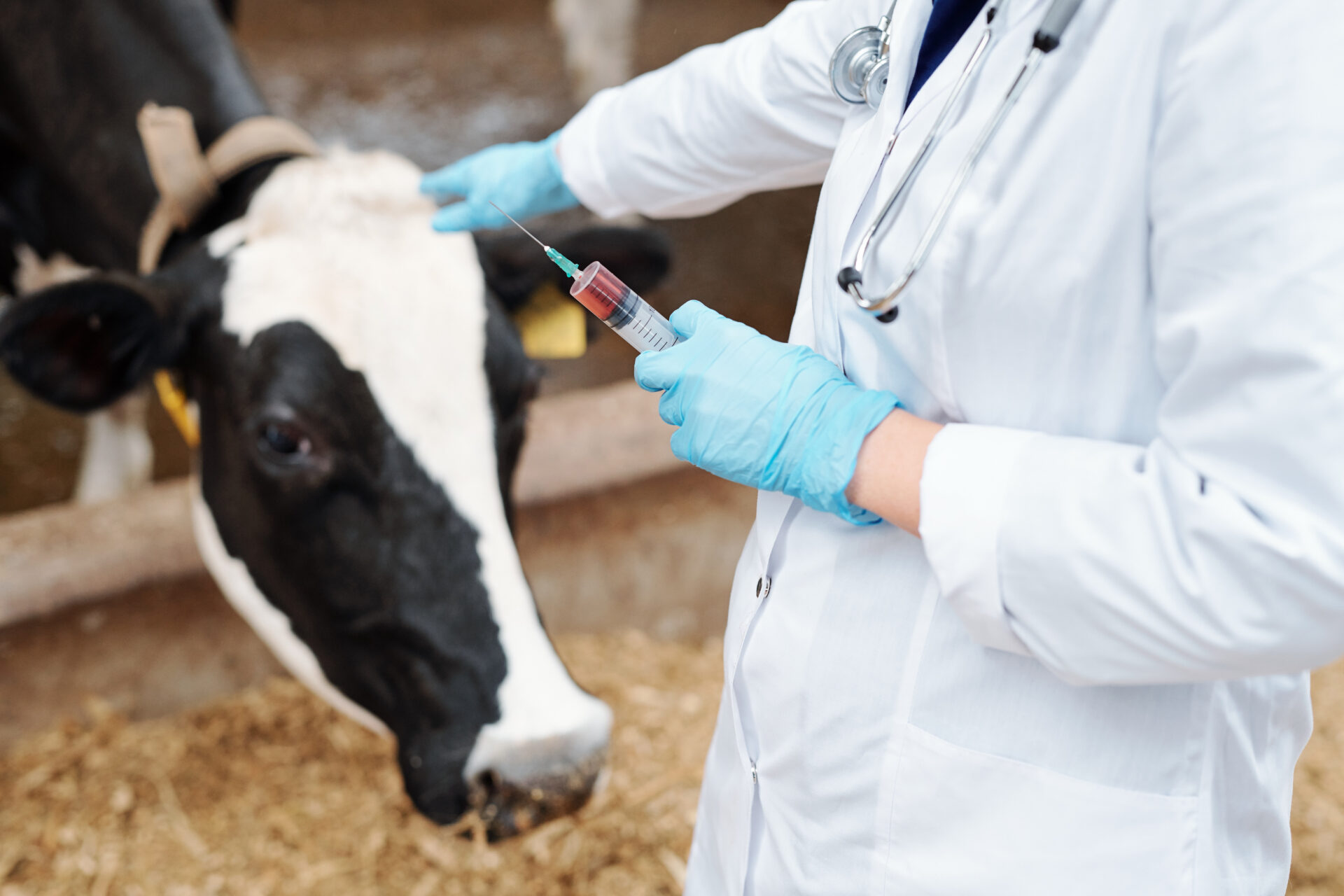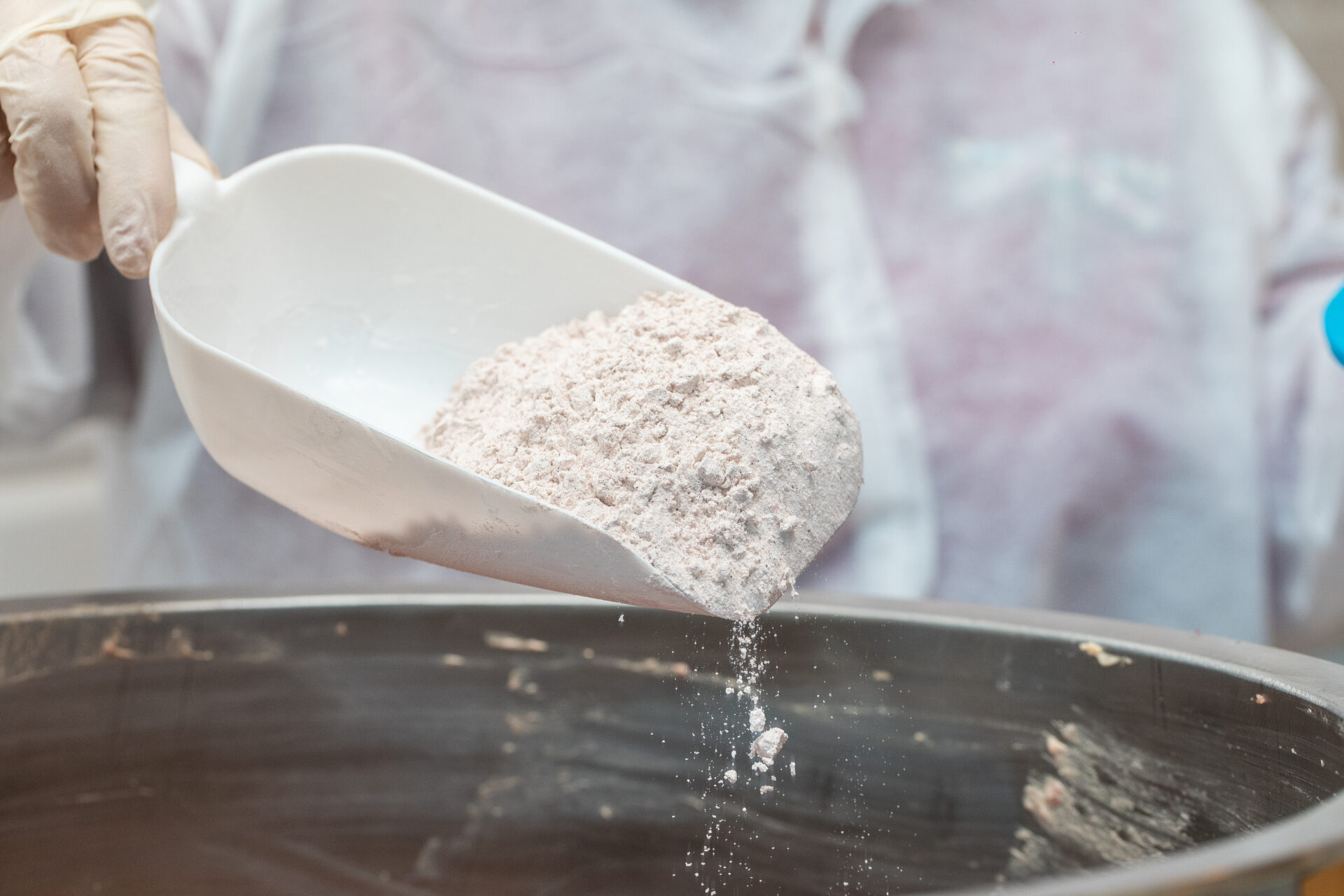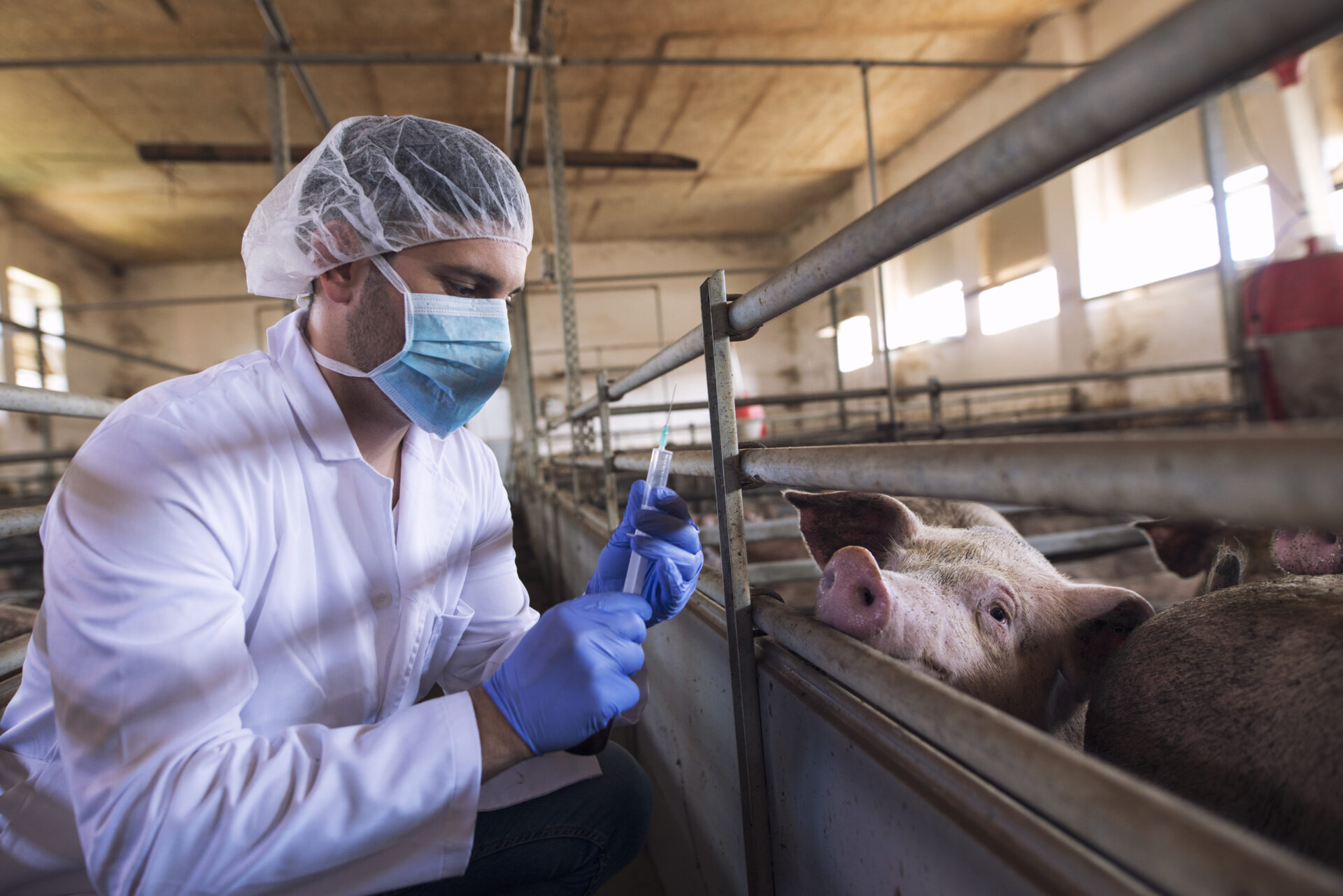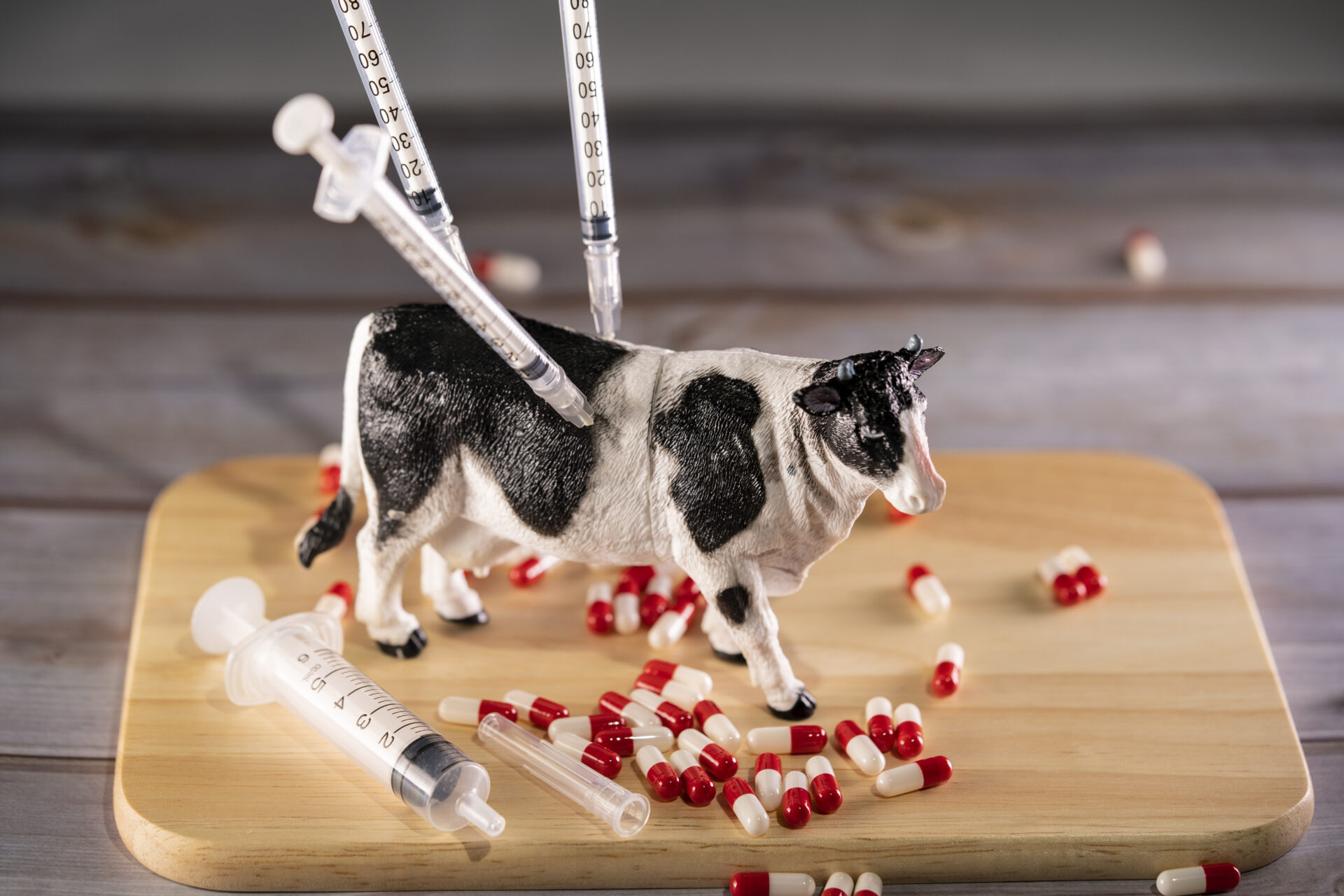The imported vaccine market for animal husbandry experienced dynamic changes during 2022–2024. Shifts in import values, supply origins, and usage by animal type reveal both strong growth and signs of market stabilization.
- Import Value Trends
In 2022, Vietnam imported vaccines worth $146 million. Imports rose sharply in 2023 to $175 million, reflecting heightened demand for disease prevention and possibly expanded vaccination programs. By 2024, however, the market showed signs of stabilization with imports slightly declining to $167 million. This suggests the industry may be moving into a more mature phase, influenced by domestic vaccine initiatives or cost containment strategies.
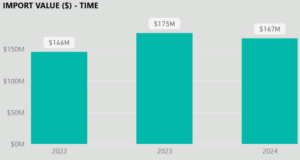
- Supply by Country of Origin
The United States is the dominant supplier, contributing $184 million—well ahead of other sources. China follows with $70 million, while the Netherlands ($38 million), Spain ($31 million), South Korea ($29 million), Hungary ($26 million), Indonesia ($20 million), and Germany ($14 million) also play important roles. The figures show reliance on advanced vaccine producers while maintaining a diversified supply base.

- Vaccine Use by Animal Type (Value)
Swine vaccines lead the market, accounting for $280 million (55.5%) of imports. This underscores the centrality of the swine industry and its high demand for disease prevention. Poultry vaccines come next at $147 million (29.2%). Ruminant vaccines represent $32 million (6.3%), while combination vaccines for ruminants and pigs contribute $21 million (4.2%). Pet vaccines amount to $23 million (4.6%), while other categories remain minimal. The data highlights that pigs dominate vaccine consumption by value, while poultry remains an essential segment.
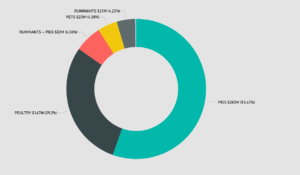
- Vaccine Registrations by Animal Type
In terms of product diversity, poultry leads with 471 registered vaccines, reflecting the broad range of diseases affecting the sector. Swine vaccines follow with 188 registrations. Ruminant and pet vaccines have much smaller portfolios, with 34 and 33 respectively. Combination vaccines, horses, and other categories account for only 2–5 registrations. This indicates a stronger focus of manufacturers and importers on poultry and pigs, aligning with the economic weight of these livestock industries.
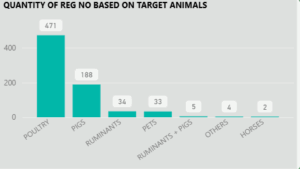
Conclusion
Between 2022 and 2024, the imported vaccine market grew rapidly before stabilizing. The United States remains the leading supplier, reflecting Vietnam’s reliance on established producers. Swine vaccines dominate in value, while poultry vaccines lead in diversity of types. These differences reflect the distinct disease prevention strategies and economic roles of each animal sector. Looking forward, the balance between continued import dependence and the rise of domestic vaccine production will likely define the next stage of market development.
About Alau Vietnam
Alau Vietnam specializes in providing in-depth data and insights within the agricultural sector. With our ability to collect, analyze, and interpret complex datasets such as the imported vaccine market, Alau Vietnam helps businesses, researchers, and policymakers make informed decisions. We offer a comprehensive overview of market trends, potential partners, product structures, and factors influencing sector development, contributing to optimized business efficiency and sustainable development for Vietnam’s agriculture industry.
